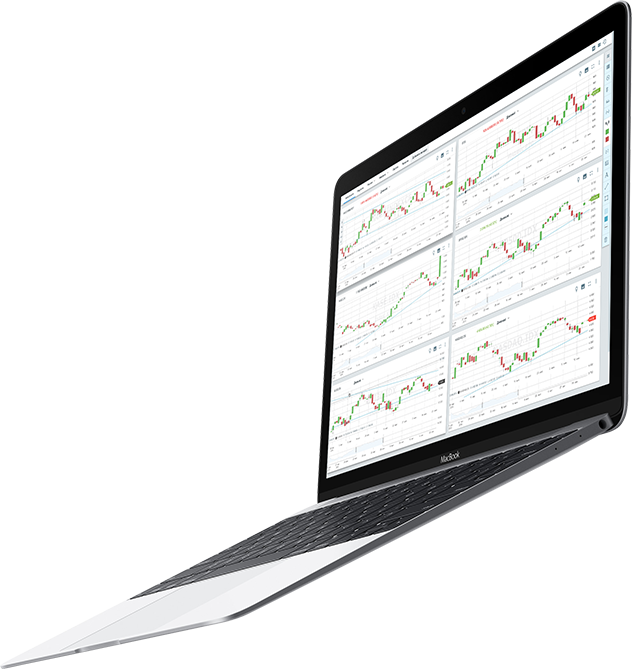IguanaCharts is HTML5 jQuery Stock Charts library
We provide an easy to use charting library with unique responsiveness across all platforms,
browsers and screen sizes. Check our API and you will integrate chart functionality on any device, with adaptation to your visual identity.
You can download our open source library and setup powerful stock chart just in minutes.
$('.iChart').iguanaChart(
{
ticker:"AAPL.US",
date_from: "01.01.2015",
date_to: "01.01.2016",
dataSource: $.extend(true, {}, iChartDataSource)
}
);


























